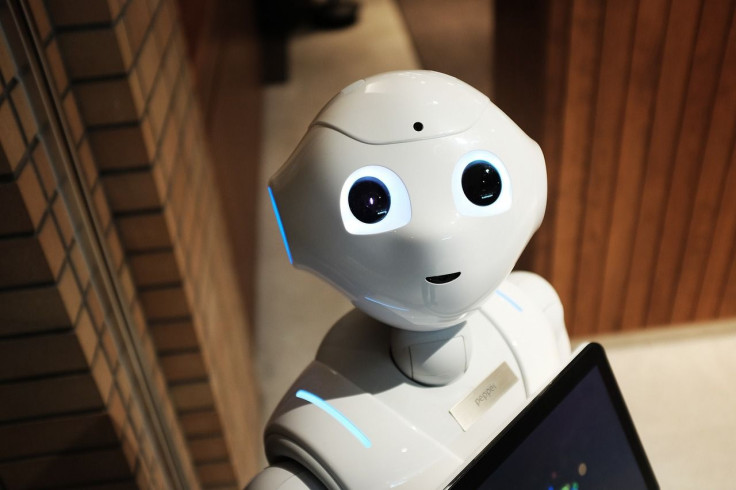Robot Zaps Germs And Disinfects In Minutes, Firm Hopeful It Can Help Combat Coronavirus
KEY POINTS
- A tech company developed a "germ-zapping" robot that can disinfect an area
- The robot can allegedly kill SARS-CoV-2 virus in just two minutes
- Reports say it is already being used in some of the best hospitals including DOD healthcare facilities
As health experts continue their debate on how to best contain the fast-spreading virus, a Texas company is claiming their LightStrike robot may be the best weapon against the virus. The robot, which was developed by Xenex, a company based in San Antonio, Texas, costs $125,000 and can reportedly track, disinfect, and collect data on infections acquired from hospitals.
Germ-Zapping Capability
Using a “full germicidal spectrum” UV light smart cleaning mechanism, Xenex claims LightStrike can be an effective tool in fighting COVID-19. The independent Texas Biomedical Research Institute confirmed that LightStrike could kill 99.99% of SARS-CoV-2 in only two minutes. The robot is already being used in some of the best hospitals in the world, including the Department of Defense healthcare facilities.
In 2015, the lab also claimed their LightStrike robot was able to kill Ebola in only 60 seconds. In a statement, Xenex co-founder and chief scientific officer Dr. Mark Stibich said their robots have been “…adopted as the environmental standard of care by many of the world’s leading hospitals because they work — and they work very quickly.” According to Stibich, they wanted their present and future customers to know with confidence that the pulsed xenon UV robots they already own could stop coronavirus.

Founded By Epidemiologists
Xenex was founded in 2009 by Stibich and Julie Stachowiak, two former epidemiologists from Johns Hopkins. Unlike other infection-blasting robots, their innovation has been proven to lower certain infection rates by up to 100%. This was based on several studies that have already been published in scientific journals, including the American Journal of Infection Control.
While other companies utilize pulsed mercury UV devices, the Texas-based company possesses a unique pulsed xenon UV technology. In an interview with Crunchbase News, the company’s CEO Morris Miller said the technology is more efficient and friendlier to the environment compared to a former method.
Thousands Of Orders
Since coronavirus touched the shores of many countries worldwide, Miller said their company has received “hundreds” of requests from Italy and other countries in Asia for LightStrike. The CEO said that for the last three or four weeks, they have been working seven days a week to fulfill the orders. “In addition, we’ve seen an increase in orders from existing hospitals for robots for their emergency rooms,” Miller said.
The CEO said their company is looking to satisfy bulk orders “in the thousands” and predicts their company’s growth in 2020 to be anywhere between 400% and 600%. He also said that their robot is not as costly as it would appear when you break its price down to the number of rooms in a hospital. According to Miller, their $125,000 cost breaks down to only $2 to $8 per room.
© Copyright IBTimes 2024. All rights reserved.





















